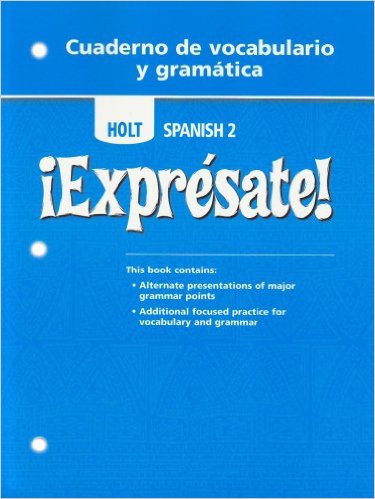
All Solutions
Page 109: Vocabulario
For this, we will need to remember the vocabulary of the chapter.
Let’s think. One of the methods of transport that we can use if we do not have a car is the taxi. We would have to choose the phrase from the box **tomar un taxi**.
One of the ways we have to orient ourselves in a city is by looking at its map. Likewise, we can see the map of the city to know the distances between sites.
The corresponding phrase on the box is **el plano de la ciudad**.
In this case, let’s imagine that we are visiting a city and we don’t want to pay for a hotel. Although there are other options such as boarding houses, we can also choose to stay with a relative.
The phrase on the box that corresponds to this sentence is **quedarte con parientes**.
In this case, let us remember that to plan the visits we make on a trip, the guide book is usually used, which is known in Spanish as **guía turística**.
Remember that before the advent of digital cameras, analog cameras were widely used. To be able to use them, it was necessary to have the roll of film, known in Spanish as **rollo de película**.
The last remaining sentence of the box and the one that indicates what we should do when we have to make a call on the street and we cannot use the cell phone is **hacer una llamada por cobrar** (to make a collect call).
|–|–|
|Tomar un taxi. |To take a taxi. |
|El plano de la ciudad. |The city map. |
|Quedarte con parientes. |Stay with relatives. |
|La guía turística. |The guide book. |
|El rollo de película. |The roll of film. |
| Hacer una llamada por cobrar. |To make a collect call. |
2. A
3. B
4. B
2) Hay un albergue juvenil cerca, enfrente del museo.
3) La guía turística se vende en el quiosco.
4) No lo sé si hoy abre el teatro. Puede averiguar en el ayuntamiento.
5) Por supuesto, las entradas son gratis.
6) Los aseos e encuentran en el primer piso a la izquierda.

